Difference characteristics of stress similitude for geotechnical centrifuge modelling and design criteria
-
摘要: 土工离心试验优越性的基础在于建立模型与原型相同的应力条件与分布,认识模型与原型之间应力相似差异与表征参数对控制系统误差和优化设计参数具有重要指导价值。引入总体分布应力、附加侧向应力和耦合动应力3个新概念与定义,对模型与原型之间应力差异特征、表征参数和设计准则等进行了深入研究。总体分布应力采用应力误差描述,表征参数为模型高度H和最大半径;当≤0.3和0.15,可控制模型极限应力误差≤10%和5%。附加侧向应力由模型中心剖面向两侧宽度增大分布,由模型宽度b、有效半径和有效离心加速度决定大小;以100 kPa为标准,给出了不同离心加速度下有效半径与允许模型设计宽度关系。耦合动应力影响采用目标与额外应力比进行评价,以和角速度为表征参数,给出了应力比以10%和20%为标准的-的临界关系曲线;当≥10g、≥4 m时,耦合动应力的影响可以忽略。研究提出的新概念、表征参数和设计准则,为改进设备、模型参数设计和推动量化研究提供研究基础与参考依据。Abstract: The advantage of geotechnical centrifuge modelling is founded on the exactly similar stress levels and distribution between models and prototypes. To recognize the differences and characterization parameters of stress similitude of model and prototype is of significant value to decreasing systematic errors and optimizing design parameters. Three new concepts of general distributed stress, additional lateral stress and coupling dynamic stress are proposed and defined, by using which the difference characteristics, characterization parameters and design principles of model stress compared to those of prototype are studied. The general distributed stress is represented by the stress error referring to the model height H and the maximum radius , and as ≤0.3 and 0.15, the stress error limits of soil model are less than 10% and 5%. The magnitude of additional lateral stress increases from center section to two width boundaries, and is mainly governed by the model width b, effective radius and effective centrifugal acceleration . Selecting 100 kPa as a criterion, the allowable model width limits with varying effective radius for different centrifugal accelerations are proposed. The influence of coupling dynamic stress is evaluated through the ratio of the target stress to the extra stress involving two key parameters of and angular velocity . With 10% and 20% as the criteria of the stress ratio, the critical curves of - are obtained and if ≥10g and ≥4 m, the influence of coupling dynamic stress can be ignored. The proposed new concepts, characterization parameters and design criteria provide the reference and basis for the parametric design of facilities and soil models and development of quantitative researches.
-
[1] 汪闻韶. 土体液化与极限平衡和破坏的区别和关系[J]. 岩土工程学报, 2005, 27(1): 1-10.
(WANG Wen-shao.Distinction and interrelation between liquefaction, state of limit equilibrium and failure of soil mass[J]. Chinese Journal of Geotechnical Engineering, 2005, 27(1): 1-10. (in Chinese))[2] 王永志, 大型动力离心机设计理论与关键技术研究[D]. 哈尔滨: 中国地震局工程力学研究所, 2013.
(WANG Yong-zhi.Study on design theory and key technology of large dynamic centrifuge[D]. Harbin: Institute of Engineering Mechanics, China Earthquake Administration, 2013. (in Chinese))[3] KHOSRAVI M, BOULANGER R W, WILSON D W, et al.Dynamic centrifuge tests of soft clay reinforced by soil-cement grids[J]. Journal of Geotechnical and Geoenvironmental Engineering, 2016, 142(7): 1-13. [4] MASON H B, TROMBETTA N W, CHEN Z, et al.Seismic soil-foundation-structure interaction observed in geotechnical centrifuge experiments[J]. Soil Dynamics and Earthquake Engineering, 2013, 48: 162-174. [5] SCHOFIELD A N.Cambridge geotechnical centrifuge operation[J]. Géotechnique, 1980, 30(3): 227-268. [6] 朱维新. 土工离心模型试验研究状况[J]. 岩土工程学报, 1986, 8(2): 82-95.
(ZHU Wei-xin.Centrifuge modelling for geotechnical engineering in the world[J]. Chinese Journal of Geotechnical Engineering, 1986, 8(2): 82-95. (in Chinese))[7] 杜延龄. 土工离心模型试验基本原理及若干基本模拟技术研究[J]. 水利学报, 1993(8): 19-28, 36. (DU Yan-ling. Fundamental principle and some modelling techniques of geotechnical centrifugal model test[J]. Journal of Hydraulic Engineering, 1993(8): 19-28, 36. (in Chinese)) [8] BORES R G, ALMEIDA M M S, ALMEIDA M C F, et al. Centrifuge modelling of a buried pipeline below an embankment[J]. International Journal of Physical Modeling in Geotechnics, 2014, 14(4): 116-127. [9] HUANG C Y, STARK C P, CAPART H, et al.Coriolis effects in granular flow experiments on a geotechnical centrifuge[C]// The 2nd Asian Conference on Physical Modelling in Geotechnics. Shanghai, 2016: 117-123. [10] TOBITA T, ASHINO T, REN J, et al.Effect of the radial gravity field on dynamic response of saturated sloping grounds in centrifuge model testing[J], Soil Dynamics and Earthquake Engineering, 2016. [11] 陈丛新. 边坡稳定离心模型试验中离心力分布不均匀的影响[J]. 岩土力学, 1994, 15(4): 39-45.
(CHEN Cong-xin.The influence of nonuniform distribution of centrifugal force in the centrifugal model test of slope stability[J]. Rock and Soil Mechanics, 1994, 15(4): 39-45. (in Chinese))[12] 杨俊杰, 刘强, 柳飞, 等. 离心模型试验中离心加速度取值误差探讨[J]. 岩土工程学报, 2009, 31(2): 241-246.
(YANG Jun-jie, LIU Qing, LIU Fei, et al.Discussion on error of centrifugal acceleration in centrifugal model tests[J]. Chinese Journal of Geotechnical Engineering, 2009, 31(2): 241-246. (in Chinese))[13] DL/T 5102—2013 土工离心模型试验技术规程[S]. 2014.
(DL/T 5102—2013 Specification for geotechnical centrifuge model test techniques[S]. 2014. (in Chinese))[14] GB/T50123—1999土工试验方法标准[S]. 1999.
(GB/T50123—1999 Standard for soil test method[S]. 1999. (in Chinese))[15] GB50026—2007工程测量规范[S]. 2007. (GB 50026—2007 Code for engineering surveying[S]. 2007. (in Chinese)) [16] BOULANGER R W, IDRISS I M.CPT-based liquefaction triggering procedure[J]. Journal of Geotechnical and Geoenvironmental Engineering, 2016, 142(2): 1-11. [17] BRANDENBERG S J, WILSON D W, RASHID M M.Weighted residual numerical differentiation algorithm applied to experimental bending moment data[J]. Journal of Geotechnical and Geoenvironmental Engineering, 2010, 136(6): 854-863. [18] CHIOU B S J, YONGS R R. An NGA model for the average horizontal component of peak ground motion and response spectra[J]. Earthquake Spectra, 2008, 24(1): 173-215. -
期刊类型引用(29)
1. 马乐,李云,陈晨文. 上软下硬地层CSM整体式止水帷幕施工关键技术. 施工技术(中英文). 2024(11): 97-102 .  百度学术
百度学术
2. 陈伟. 复杂富水地层地铁深大基坑渗漏治理技术研究. 施工技术(中英文). 2024(13): 109-114 .  百度学术
百度学术
3. 孙立光,朱颖,时刚,王瑜,刘攀,郜新军,朱超杰. 饱和地基中劲芯水泥土墙隔振的二维BEM-FEM耦合分析. 世界地震工程. 2024(04): 164-178 .  百度学术
百度学术
4. 任路,秦超,向虎,杨天成,李荣华. 武汉某高层建筑深基坑设计与施工. 施工技术(中英文). 2023(01): 119-124 .  百度学术
百度学术
5. 代兴云,应卫超,孙海明. 深基坑承压水组合式处理措施的研究及应用. 城市道桥与防洪. 2023(01): 178-182+23 .  百度学术
百度学术
6. 刘树佳. 上海地区特深圆形竖井开挖承压水控制技术及效果. 水资源与水工程学报. 2023(01): 127-134 .  百度学术
百度学术
7. 魏斌,刘长斌,康建国,刘畅,杨宇航. 富水软土地区超深基坑CSM施工技术研究. 建筑施工. 2023(01): 18-21 .  百度学术
百度学术
8. 刘鹭. 双轮铣深层搅拌工法在复杂城市地下空间开发的应用研究. 福建建设科技. 2023(03): 41-44 .  百度学术
百度学术
9. 李成巍,李伟,梁志荣. 紧临越江隧道软土地层深大基坑工程设计与实践. 福建建设科技. 2023(03): 37-40 .  百度学术
百度学术
10. 古伟斌,蔡强,郭佰良. CSM双轮铣搅墙特点及其在基坑支护止水帷幕的应用. 广东土木与建筑. 2023(05): 83-86 .  百度学术
百度学术
11. 黄开勇,梁志荣,魏祥. 双排型钢等厚水泥土墙在深大基坑中的应用分析. 建筑结构. 2023(S1): 2902-2907 .  百度学术
百度学术
12. 王川. 深厚粉细砂地层深搅铣形成防渗墙施工分析. 工程技术研究. 2023(11): 57-59 .  百度学术
百度学术
13. 董晓斌,苏定立,胡贺松,李翔,唐孟雄,谢丁,谢小荣. 基于CSM工法的止水帷幕施工技术及设备研究现状. 广州建筑. 2023(06): 55-58 .  百度学术
百度学术
14. 郭建飞. 复杂环境下深基坑围护设计施工方法研究. 建设科技. 2022(11): 102-104 .  百度学术
百度学术
15. 杨洪杰,崔永高,孙建军. 上海第(9)层减压降水悬挂式隔水帷幕深度的设计方法. 建筑施工. 2022(08): 1758-1760 .  百度学术
百度学术
16. 尤田,郭佳嘉. 超深锚碇基础SMC工法槽壁力学性能研究. 世界桥梁. 2022(06): 80-85 .  百度学术
百度学术
17. 张芳,韩林芳,赵怡琳,桑运龙,刘学增,高尚,杨研. 富水地区深基坑封底榫槽关键参数研究. 隧道建设(中英文). 2022(11): 1913-1920 .  百度学术
百度学术
18. 魏祥,梁志荣,罗玉珊. 软土地区临江深大基坑工程地下水综合控制技术实践. 上海国土资源. 2022(04): 39-43+66 .  百度学术
百度学术
19. 李万全,刘德港,田万君,李永贺. 提高水泥土搅拌墙在岩溶地质中入岩速率的研究. 建筑技术开发. 2022(24): 123-125 .  百度学术
百度学术
20. 李汉龙,李学军,曾开华,崔猛,刘海林. CSM工法在深厚饱和砂土地基的现场试验研究. 南昌工程学院学报. 2021(01): 45-50 .  百度学术
百度学术
21. 李新,黄健,樊海元,陶金海,李昊雨,杨凡林. 复杂场地条件下深基坑围护技术及工程应用研究. 工程建设与设计. 2021(13): 36-38+47 .  百度学术
百度学术
22. 丁昊. TRD工法和CSM工法在上海地区超深基坑工程止水帷幕的应用. 上海建设科技. 2021(04): 49-50+53 .  百度学术
百度学术
23. 邵勇,李光诚,帅红岩,张玉山. 超深止水帷幕在武汉长江Ⅰ级阶地冲积相基坑支护工程中的选取和应用. 资源环境与工程. 2021(06): 882-886 .  百度学术
百度学术
24. 李雄威,何亮,黄开林,秦羽. 承压水条件下基坑抗突涌安全措施分析. 土工基础. 2020(05): 602-606+611 .  百度学术
百度学术
25. 蔡忠祥,岳建勇,胡耘. CSM工法等厚度水泥土搅拌墙在紧邻既有建筑深基坑工程中的应用. 四川建筑科学研究. 2020(S1): 32-40 .  百度学术
百度学术
26. 冯晓腊,崔德山,熊宗海,莫云. 武汉软土地层特点及深基坑降水研究新进展. 四川建筑科学研究. 2020(S1): 9-17 .  百度学术
百度学术
27. 陈用伟,罗仕恒. 双排桩支护结构在直立高边坡中的应用. 广东土木与建筑. 2020(12): 25-28 .  百度学术
百度学术
28. 刘动. 深圳地区深基坑开挖地下水控制研究. 勘察科学技术. 2020(06): 43-48 .  百度学术
百度学术
29. 陈佳培,唐力. CSM等厚度水泥土搅拌墙在长江漫滩地质上的应用. 河南科技. 2019(28): 83-85 .  百度学术
百度学术
其他类型引用(4)



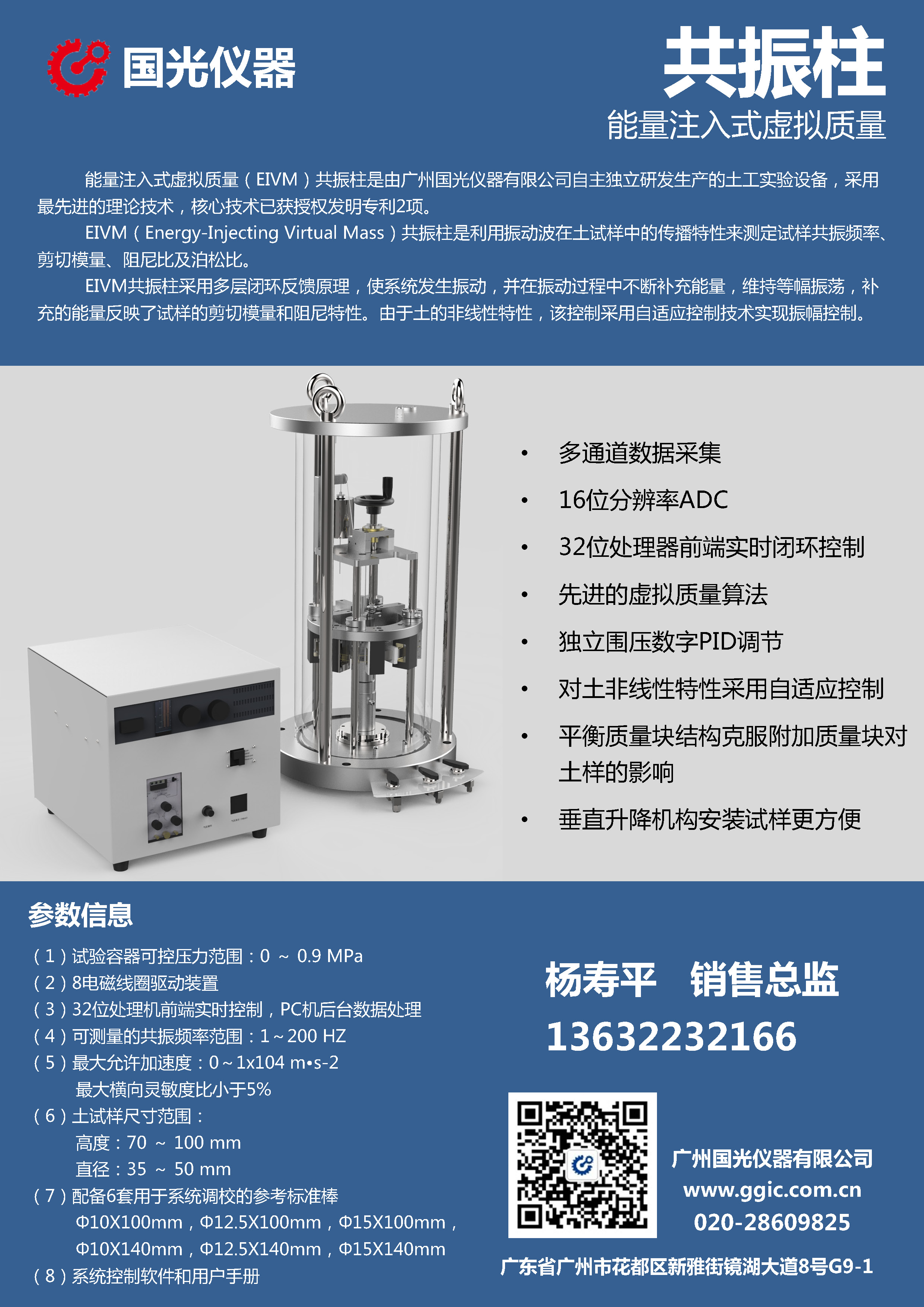
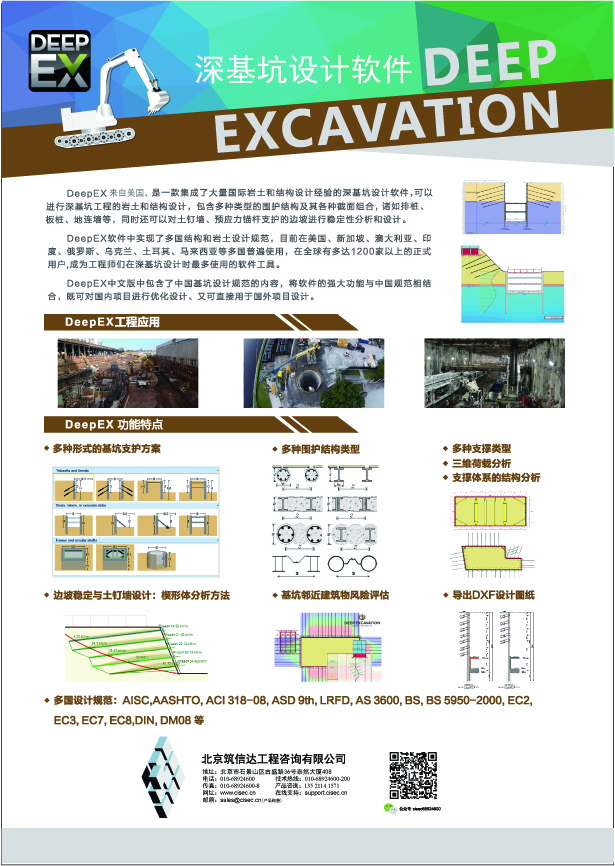
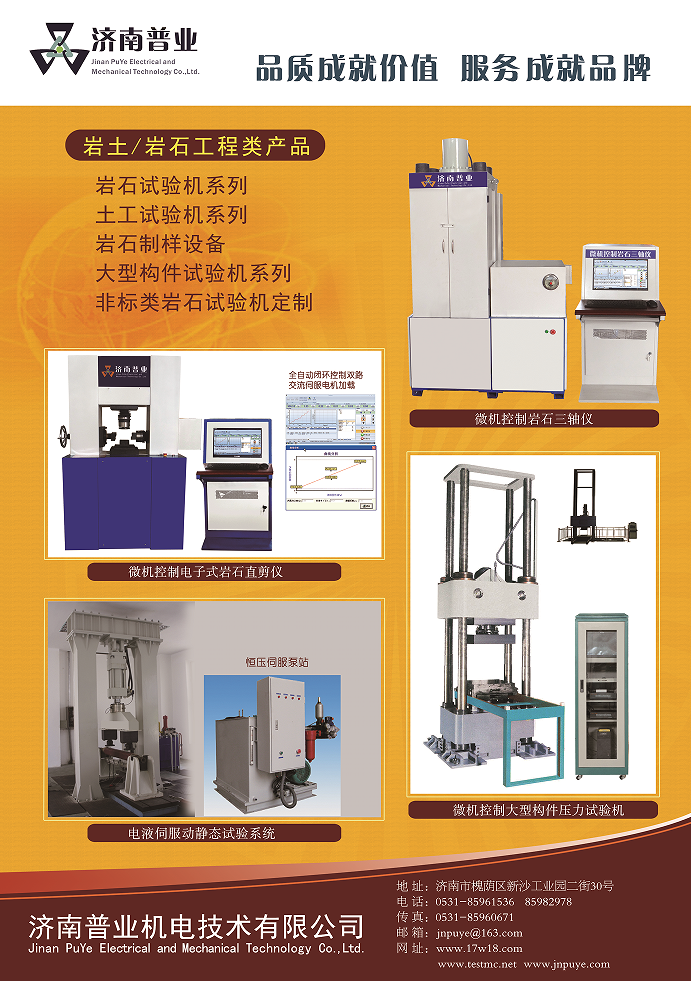
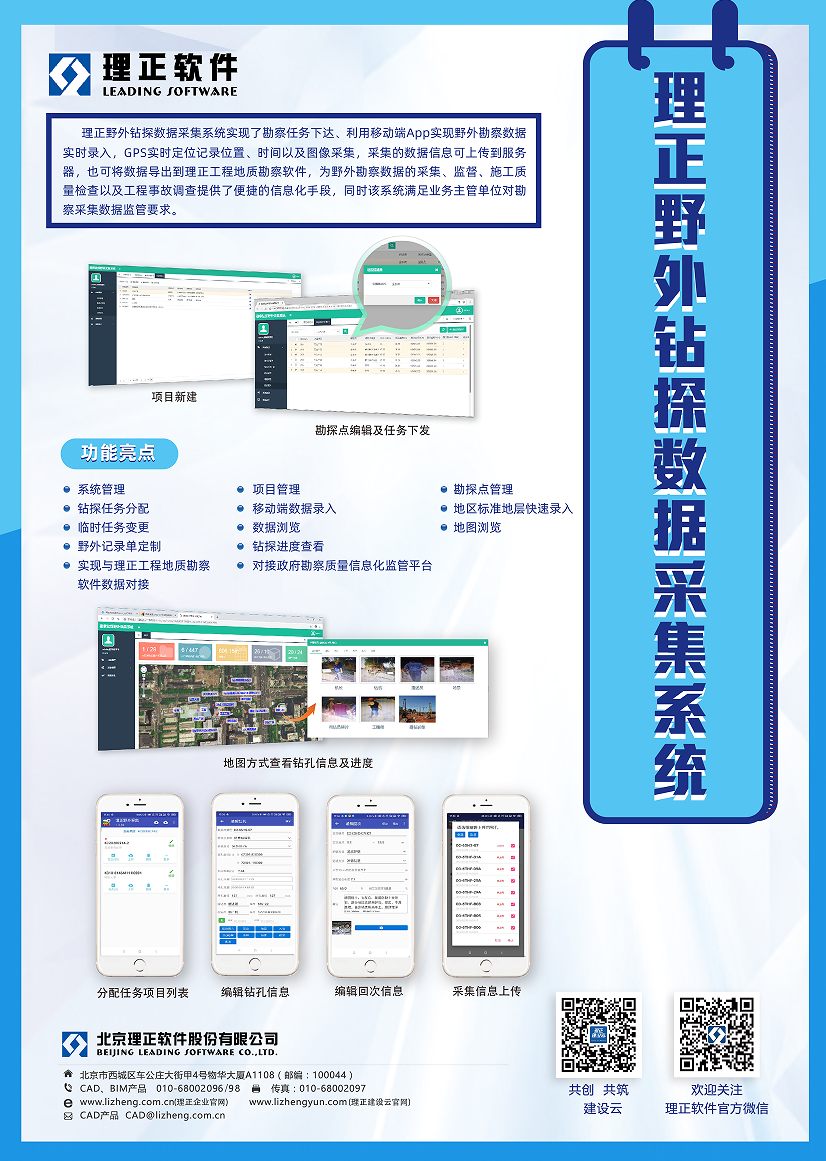
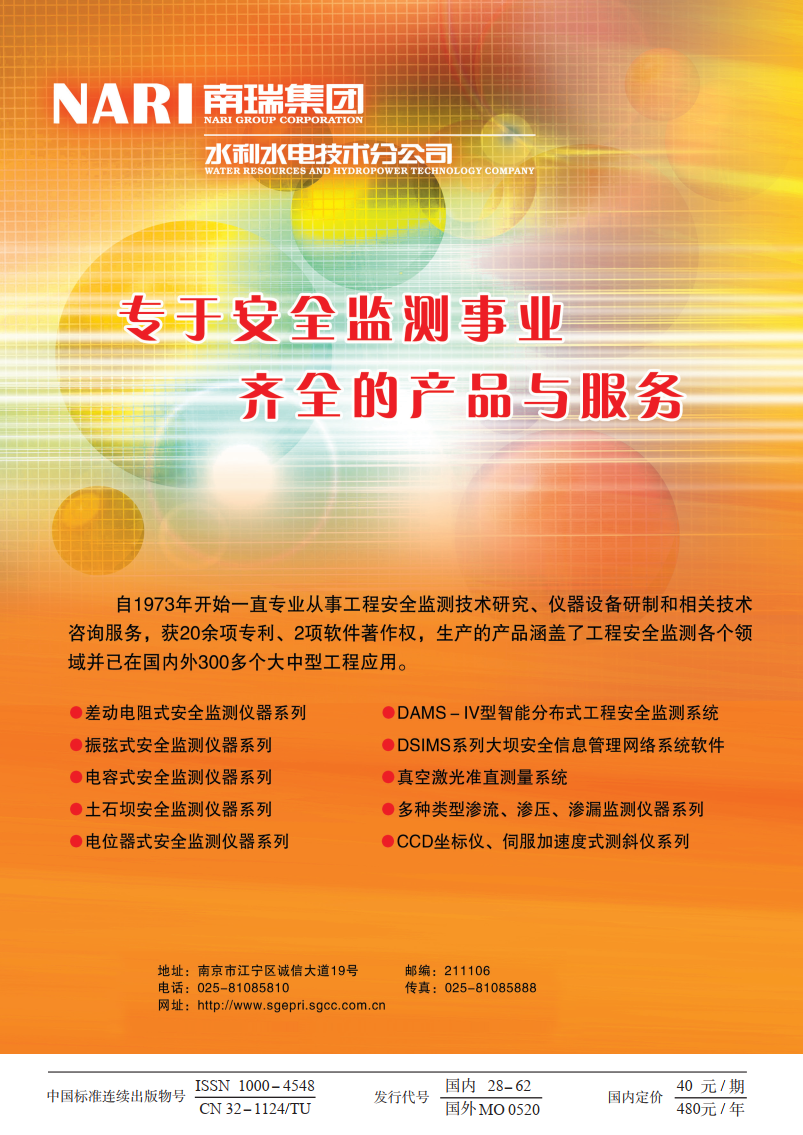
 下载:
下载:
